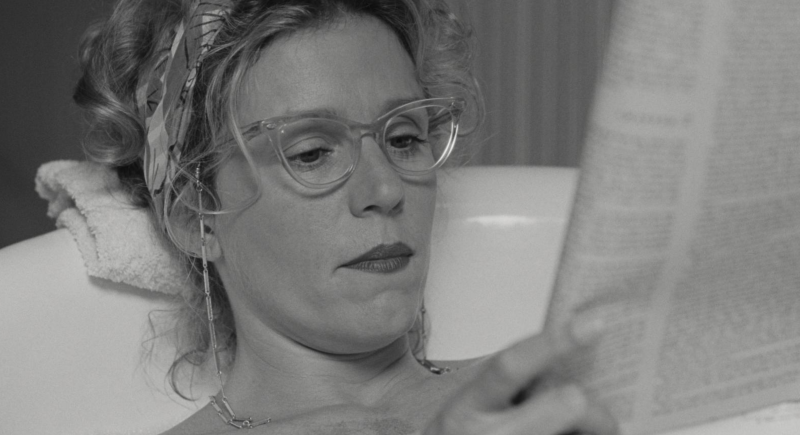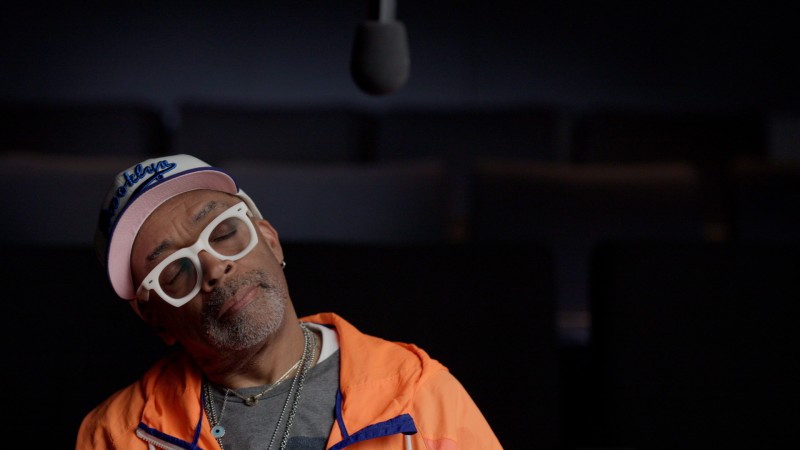Silence makes us uncomfortable. We rush to fill the spaces in a conversation, to cram the dead air with words. But silence can also be a powerful force in cinema, and Le samouraï is an example of a film that has a profound respect for the quiet and the understated.
When the film opens, we are treated to a long title sequence. A man lies on a bed, smoking. His apartment is dilapidated; the furniture is sparse. The smoke from his cigarette lifts lazily through the air. We notice a birdcage amid the grayness of the room. The camera remains static. At last, the man stands up and looks at himself in the mirror. He dons his hat and heads out to steal a car. It’s not until the ten-minute mark that the first line of dialogue is spoken.
Other directors might have been compelled to fill this glacial silence, to construct a detailed background for the cool and detached contract killer played by Alain Delon. Not Jean-Pierre Melville. He sketches a character not by coloring inside the lines but by carving out silhouettes as if made from black paper. Watching Le samouraï is like looking at elaborate shadow puppets.
The belongings in Delon’s apartment say more about him than any monologue could. He drinks Evian, collecting empty bottles above a dresser. He also keeps a large supply of Gitanes cigarettes. The only decorative element in sight is a painting of a large clump of mushrooms above his bed. His room is dingy and the wallpaper is peeling, yet his clothes appear immaculate. When he places his hat upon his head, his movements are razor-sharp, the fingers gliding across the brim. He is watchful and methodical as he stands across a street with his trench coat’s collar pulled high. This is a ritualistic killer.
Although very little is known about the assassin, he is a vivid, hypnotizing force that exists in a world shot in subdued tones as if the color has been drained from the film. Delon’s cheeks are rendered alabaster, and his blue eyes pierce the viewer.
Melville may have sought to imitate American movies when he filmed this little noir, yet any American movie would have not only written a lot more dialogue for its antihero, it would have also layered in much more music to increase tension and a voice-over narration to explain events. It might have given us a deeper insight into the killer’s relationship with his girlfriend; it could have manufactured a long-winded meeting with his associates, or allowed us a look at his cool cache of weapons—there are none, unless you count a gun and a key ring. Everything that Le samouraï does not do and the magic of how it gets away with it is perhaps most obvious in a long sequence during which police officers sneak into Delon’s apartment and plant a listening device.
To create a sense of dread, you can imagine most other directors would have chosen to show the police officers inside the apartment, then cut to Delon returning home. The cutting might have even become frenetic, illustrating a race against time, while the music would go into a crescendo when, at the last second, the officers would have escaped detection.





